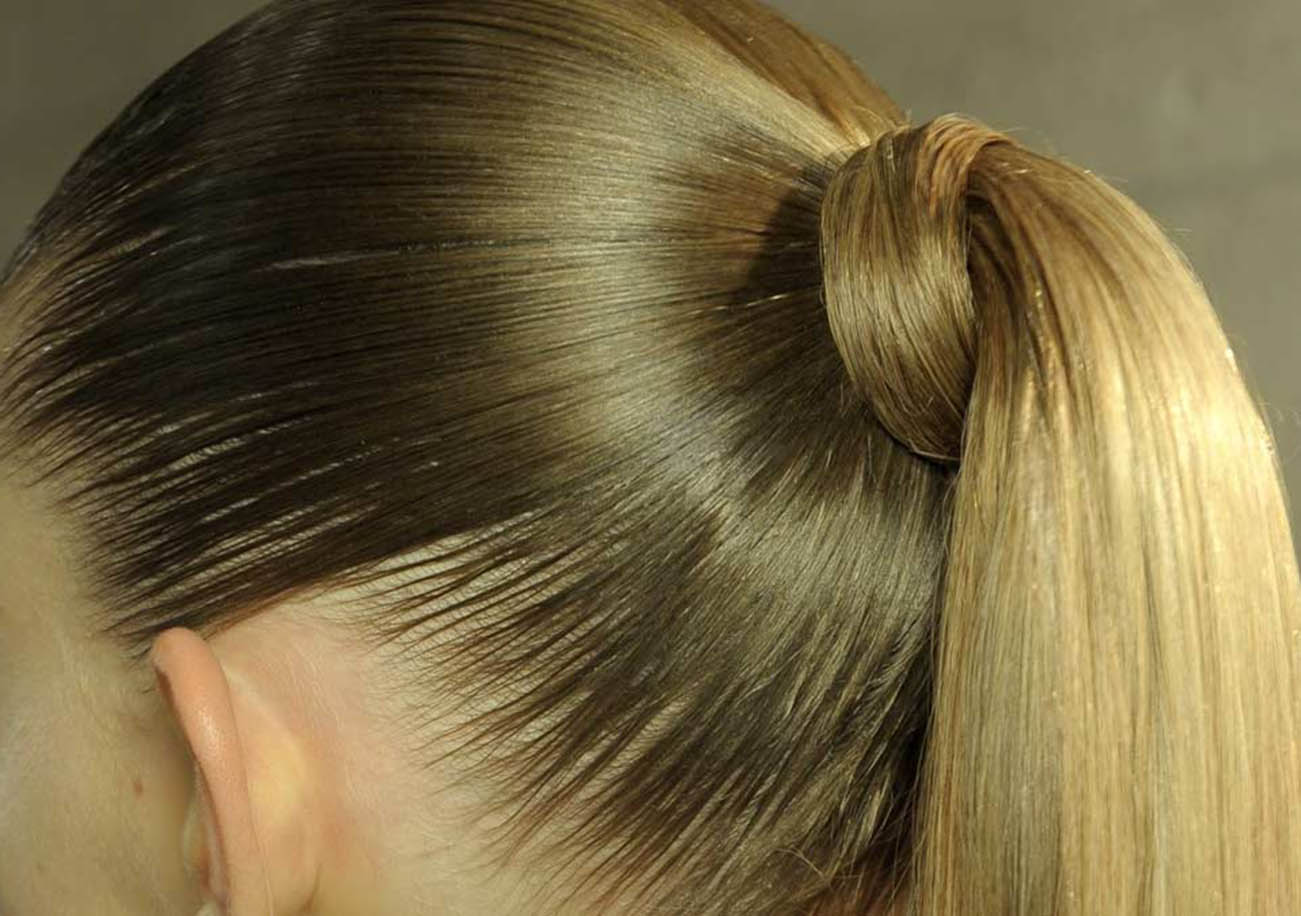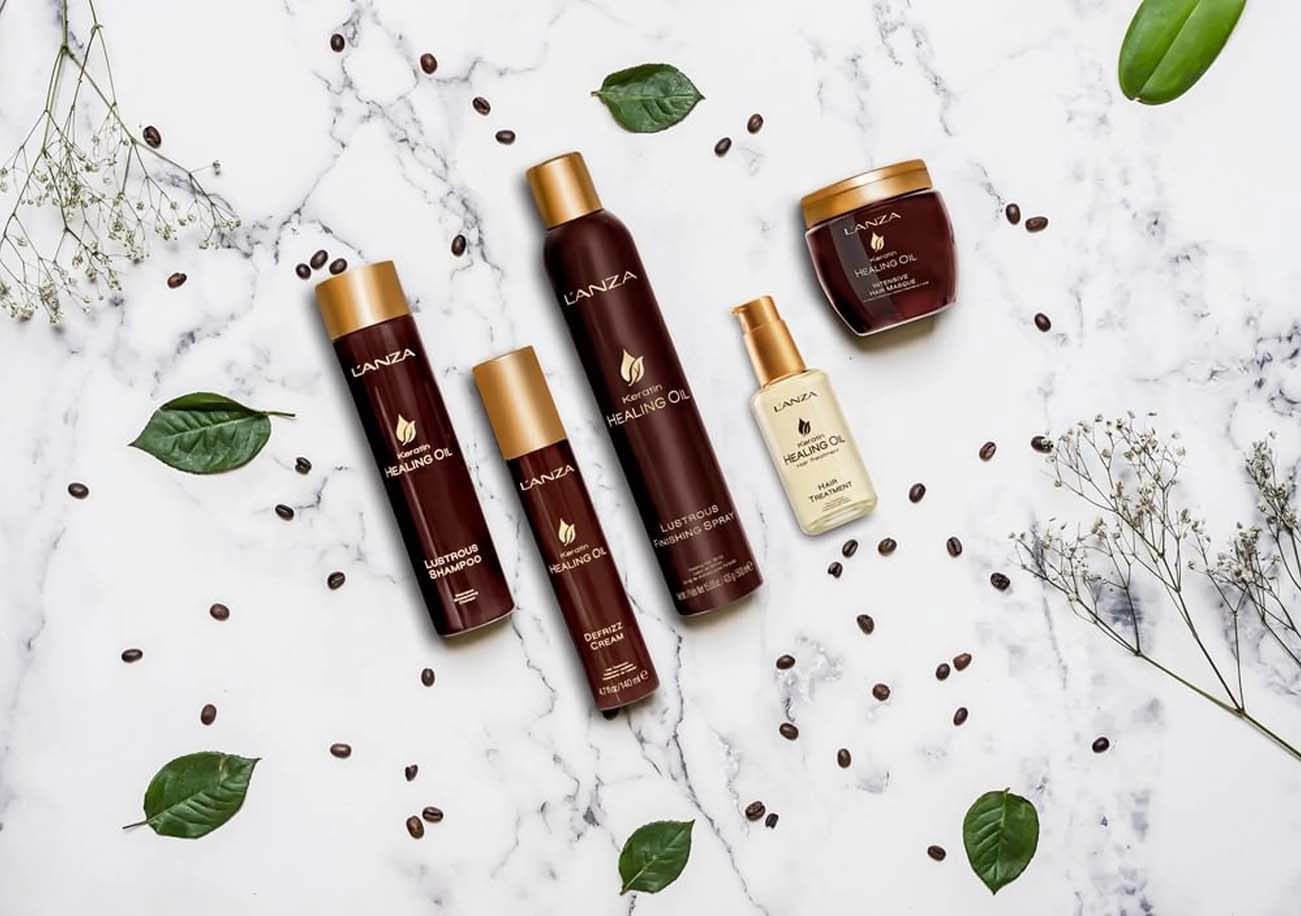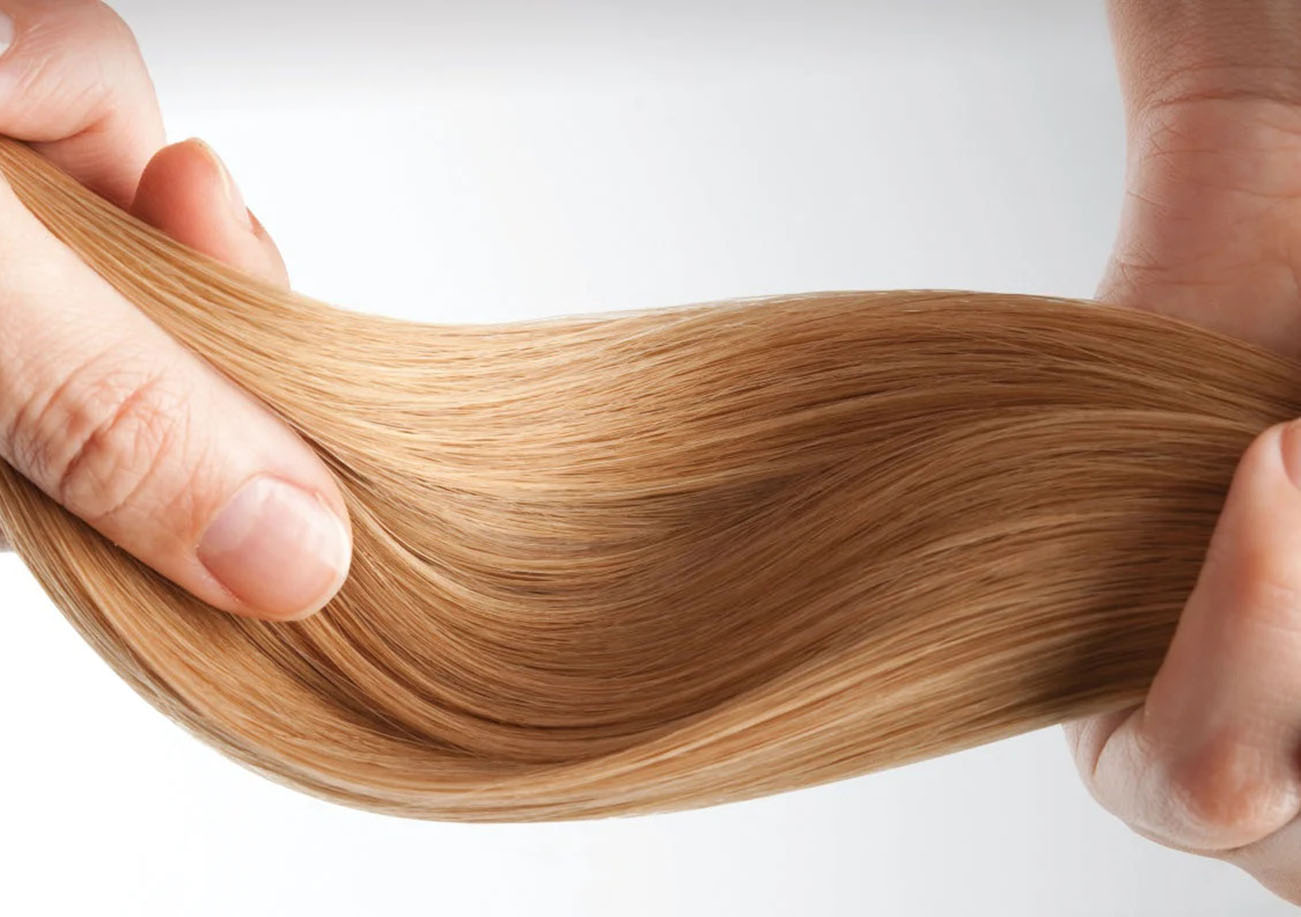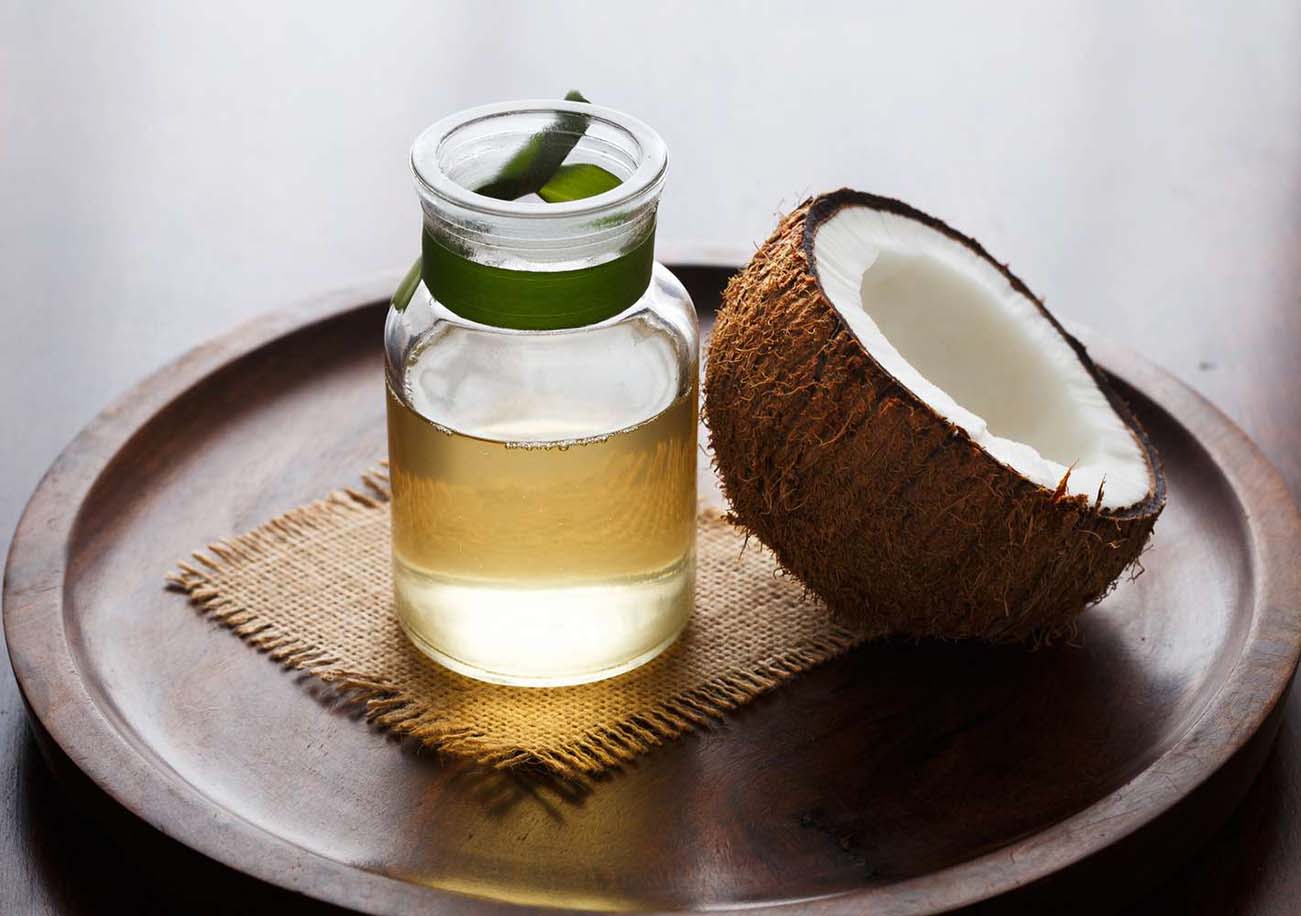I often encounter various hairstyles and hair care concerns. Among them, the ponytail is one of the most common and versatile hairstyles. Whether in everyday life or at various events, it’s a classic style that nearly everyone has tried. However, there’s a common belief that “a ponytail will ruin your hair,” which makes me wonder—just how much damage can a ponytail really cause? Do we need to worry about the potential consequences of wearing ponytails frequently? And how can we protect our hair properly, keeping it both beautiful and healthy?
Today, I’m here to dig deep into the effects of long-term ponytail wear on your hair, as well as how to avoid those risks with simple and effective hair care tips to maintain your hair’s health and shine.
1. The Hidden Risks of Long-Term Ponytail Wearing
As one of the most convenient and quick hairstyles, the ponytail offers great benefits for many people, but it also comes with some potential risks, especially when worn for extended periods or frequently. Often, we habitually tie our ponytails too tight, too high, or use unsuitable hair ties. These seemingly small details can have long-term effects on our hair. Let me break down some of the hidden risks for you.
1. Hair Breakage Due to Tension
When we tie our ponytail, the hair is pulled tight, which puts excessive strain on the hair roots. Over time, this can weaken the hair, leading to breakage, especially at the ends, causing split ends and dryness. If you tie your ponytail too tightly, it can even affect the blood circulation in the scalp, which in turn impacts the health of the hair follicles and may lead to hair loss.
2. Receding Hairline
Frequent ponytail wearing, especially if tied too tight or constantly changing the height of the ponytail, puts pressure on the hairline area. This part of the hair is very delicate, and prolonged tension can result in the gradual receding of your hairline. You may notice your forehead growing larger or your hairline thinning, which is caused by the constant pulling associated with wearing ponytails too often.
3. Scalp Health Issues
In addition to the damage caused to the hair itself, long-term ponytail wearing can negatively affect the health of your scalp. When the ponytail is tied too tightly, it compresses the scalp, which can lead to poor blood circulation and may cause discomfort, itching, or even inflammation on the scalp. If not addressed, these issues could lead to dandruff or other scalp conditions.
4. Hair Thinning or Loss
Constant pulling, pressure, and improper tying methods can result in thinning hair. The most common situation is that the roots of the hair become damaged, leading to follicle shrinkage and eventually hair loss. The key to healthy hair is maintaining active hair follicles, and wearing ponytails too tight or too frequently can trigger these problems.
2. How to Tie a Ponytail Correctly and Avoid Damage
While ponytails are a popular and convenient hairstyle, you can still protect your hair by following some tips. So how can you maintain a stylish ponytail while safeguarding your hair’s health? Here are a few tips I’ve gathered to help you better protect your hair.
1. Avoid Tying It Too Tight
When tying your ponytail, avoid pulling the hair too tight. A tight ponytail is not only uncomfortable, but it can also damage your hair. Instead, leave a little slack in the ponytail to keep the hair in a more natural position. A looser ponytail will not only prevent excessive pressure on your scalp, but it will also make the style look more natural and layered.
2. Change the Ponytail Position Regularly
If you tie your ponytail daily, it’s best not to always tie it in the same spot. Constantly placing the ponytail in the same position, especially a high ponytail, can negatively affect the same part of your hair. Try to adjust the position of your ponytail regularly—occasionally tie it lower or experiment with different styles. This will help reduce pressure on the same hair area and maintain overall hair health.
3. Choose Soft, Non-Damaging Hair Ties
The choice of hair tie is crucial. Avoid using hard, inflexible hair ties that can cause excessive pulling and damage to your hair. Opt for softer, more flexible options, such as silk, fabric, or elastic hair ties that won’t create unnecessary tension. These types of hair ties reduce the chance of hair breakage and are gentler on your locks.
4. Give Your Hair “Breaks”
Even if you wear a ponytail every day, it’s important to let your hair “rest” at certain times. For instance, at night, let your hair down, or switch to a more relaxed style at home. This gives your hair a chance to be free of constant tension and pressure, allowing it to recover and stay healthier.
5. Perform Scalp Massages Regularly
Long-term ponytail wearing can reduce blood flow to your scalp, so I highly recommend incorporating scalp massages into your daily hair care routine. Scalp massages not only promote blood circulation but also stimulate the hair follicles, helping to maintain hair health. You can gently massage your scalp with your fingertips while washing your hair, or use a scalp massager to enhance the process.
6. Use Proper Hair Care Products
Using the right hair care products is essential for protecting and repairing hair that has been exposed to tension or heat tools. Moisturizing conditioners and hair masks are excellent for repairing damaged strands, providing hydration and nourishment, and minimizing breakage and split ends. Specialized hair care products designed to combat hair loss can help balance scalp health and promote healthy hair growth.

3. Hair Care Tips: Improve Hair Quality and Reduce Damage
In addition to proper tying techniques, choosing suitable hair care products and improving your hair’s quality are just as important. Here are a few of my recommended hair care methods that will help you maintain your hair’s health, especially if you tie your hair frequently or use heat styling tools often.
1. Use Deep Conditioning Hair Masks
Once a week, use a deep conditioning hair mask to give your hair a thorough repair. This is especially beneficial for dry, brittle hair. If your hair has become weakened from frequent ponytail wearing, a nourishing mask will deeply hydrate and restore your hair’s natural texture, helping to repair damage.
2. Choose the Right Shampoo and Conditioner
When choosing shampoo and conditioner, select products that are tailored to your hair type. For dry or damaged hair, opt for moisturizing shampoos and conditioners that help repair and nourish your hair. For oily hair, choose a clarifying formula to cleanse the scalp and remove excess oil. Choosing the right products for your hair type will help you maintain healthy hair in the long run.
3. Limit the Use of Heat Styling Tools
Using blow dryers, straighteners, or curling irons frequently can strip your hair of moisture, leaving it dry and brittle. I recommend minimizing the use of heat styling tools. If you must use them, always apply a heat protectant product beforehand to reduce heat damage.
4. Maintain a Healthy Diet
A healthy diet is crucial for healthy hair. Eating a balanced diet rich in vitamins and minerals—especially Vitamin B, Vitamin E, zinc, and iron—can help promote hair growth and repair. Drinking plenty of water also keeps your hair hydrated and glossy.
4. Recommended International Hair Care Brands
There are several international hair care brands that offer excellent products for restoring and maintaining healthy hair, especially for those of us who frequently wear ponytails or use heat styling tools. Here are some brands I personally use and recommend:
1. Kerastase
Kerastase’s hair masks and serums are highly regarded for their effectiveness. Their products are designed for various hair types, and their deep conditioning series is especially good for repairing damaged hair and restoring shine and elasticity.
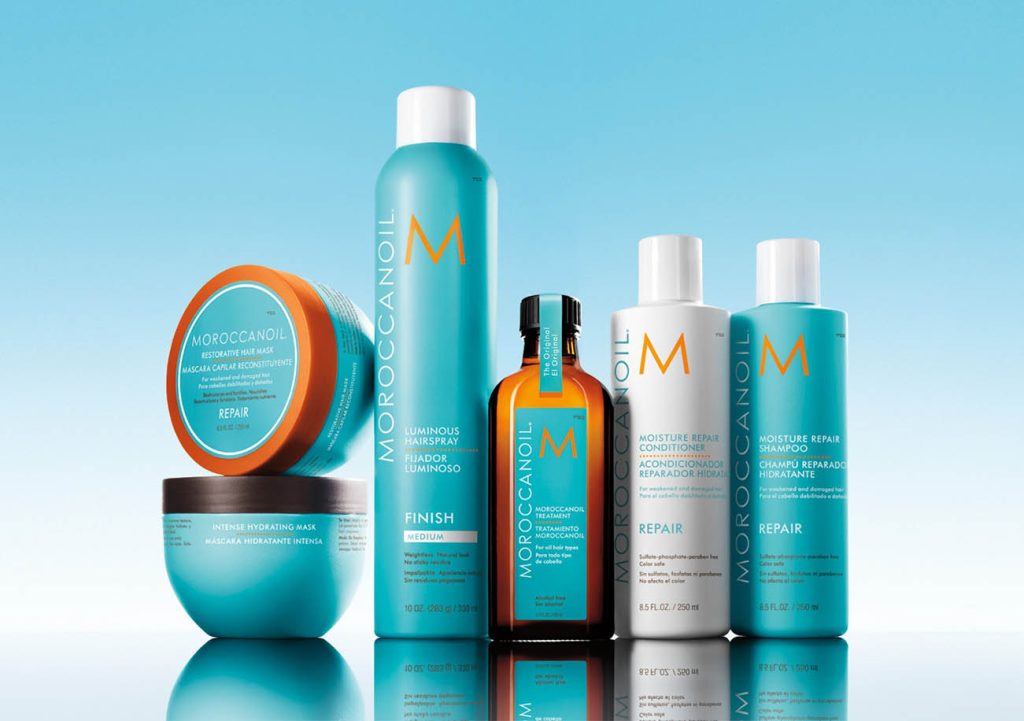
2. Moroccanoil
Moroccanoil’s Moroccan oil-based products are fantastic for restoring dry and damaged hair. Their nourishing oils provide deep hydration and repair for hair that has been damaged by tight ponytails or heat styling. It’s a great choice for improving overall hair health.
3. Redken
Redken’s shampoos and conditioners are excellent for people dealing with hair thinning or hair loss. Their products use scientific formulations that promote scalp health and nourish hair follicles, supporting overall hair growth and thickness.
4. Aveda
Aveda’s plant-based hair care products are perfect for those with sensitive scalps. Their gentle, natural ingredients help repair damaged hair while promoting scalp health. Aveda products are ideal for those seeking environmentally friendly options for their hair care routine.
By following the proper ponytail techniques and hair care tips, you can avoid the potential damage caused by wearing ponytails frequently. I hope today’s article has helped you understand how to maintain beautiful, healthy hair while enjoying your favorite hairstyle. With the right care, your hair can remain shiny, healthy, and full of life for the long term.
